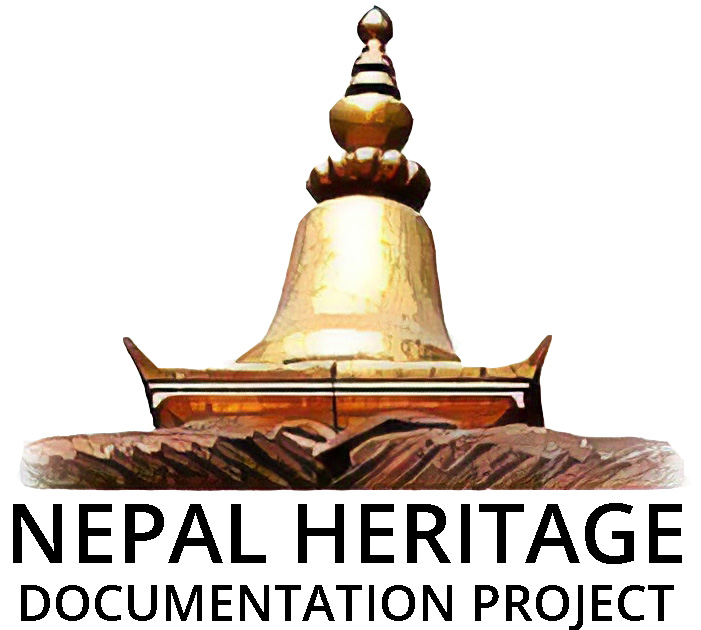INSCRIPTIONS
Throughout Nepal's rich religious and public history, inscriptions have played a ubiquitous role, acting as tangible testaments in Sanskrit, Newari, and Nepali languages. These remarkable writings, some of them as old as more than 1800 years, found predominantly on temples, shrines, wells, and rest houses, meticulously document grants, donations, and the establishment of trusts. However, the rapid pace of urbanization, extensive infrastructure development, or the occurrence of natural disasters threaten their existence, leaving them vulnerable to damage or even complete destruction.
Recognizing their profound historical and cultural value, the Nepal Heritage Documentation Project (NHDP) has assigned them a significant place within their documentation efforts. Specifically, within the monument resource model of the NHDP's comprehensive database, inscriptions pertaining to specific monuments are meticulously recorded and catalogued. These inscriptions find their rightful place in the "historical events and past interventions" sub-section of the corresponding entries, ensuring their preservation and accessibility for generations to come.
Moreover, the NHDP has taken an additional step to safeguard these inscriptions by creating a dedicated resource model exclusively focused on their comprehensive study and analysis. To facilitate the preservation, accessibility, and usability of this unique cultural resource, the curated inscriptions find their home on "Documenta Nepalica.". This open-access database, a collaborative effort between the NHDP and their partner project, "Documents on the History of Religion and Law of Pre-modern Nepal," serves as a digital repository for these inscriptions.
Click here to visit the NHDP-Inscription Resource Model.
Click here to visit the Documenta Nepalica (NHDP-inscriptions).
Recognizing their profound historical and cultural value, the Nepal Heritage Documentation Project (NHDP) has assigned them a significant place within their documentation efforts. Specifically, within the monument resource model of the NHDP's comprehensive database, inscriptions pertaining to specific monuments are meticulously recorded and catalogued. These inscriptions find their rightful place in the "historical events and past interventions" sub-section of the corresponding entries, ensuring their preservation and accessibility for generations to come.
Moreover, the NHDP has taken an additional step to safeguard these inscriptions by creating a dedicated resource model exclusively focused on their comprehensive study and analysis. To facilitate the preservation, accessibility, and usability of this unique cultural resource, the curated inscriptions find their home on "Documenta Nepalica.". This open-access database, a collaborative effort between the NHDP and their partner project, "Documents on the History of Religion and Law of Pre-modern Nepal," serves as a digital repository for these inscriptions.
Click here to visit the NHDP-Inscription Resource Model.
Click here to visit the Documenta Nepalica (NHDP-inscriptions).
